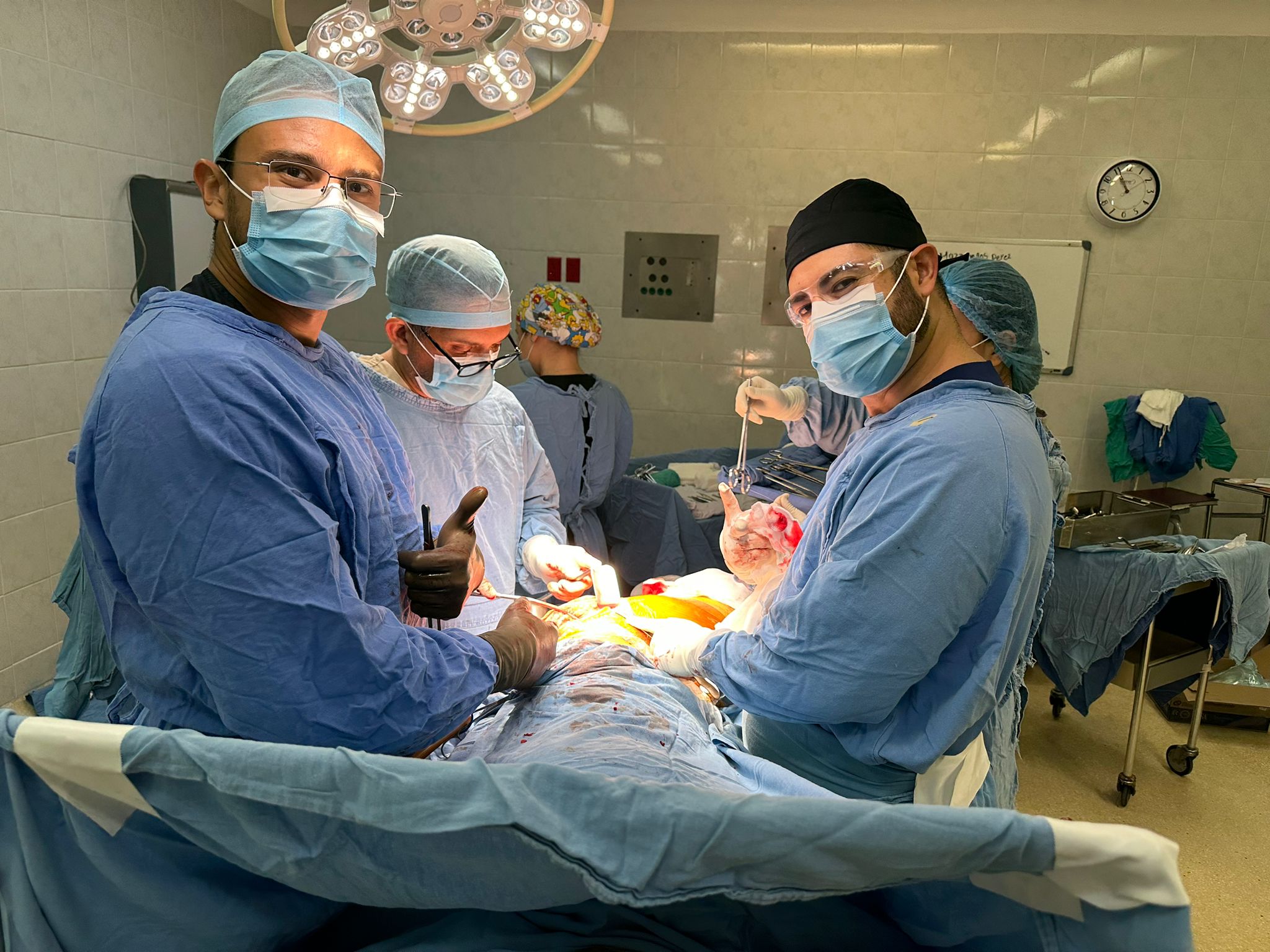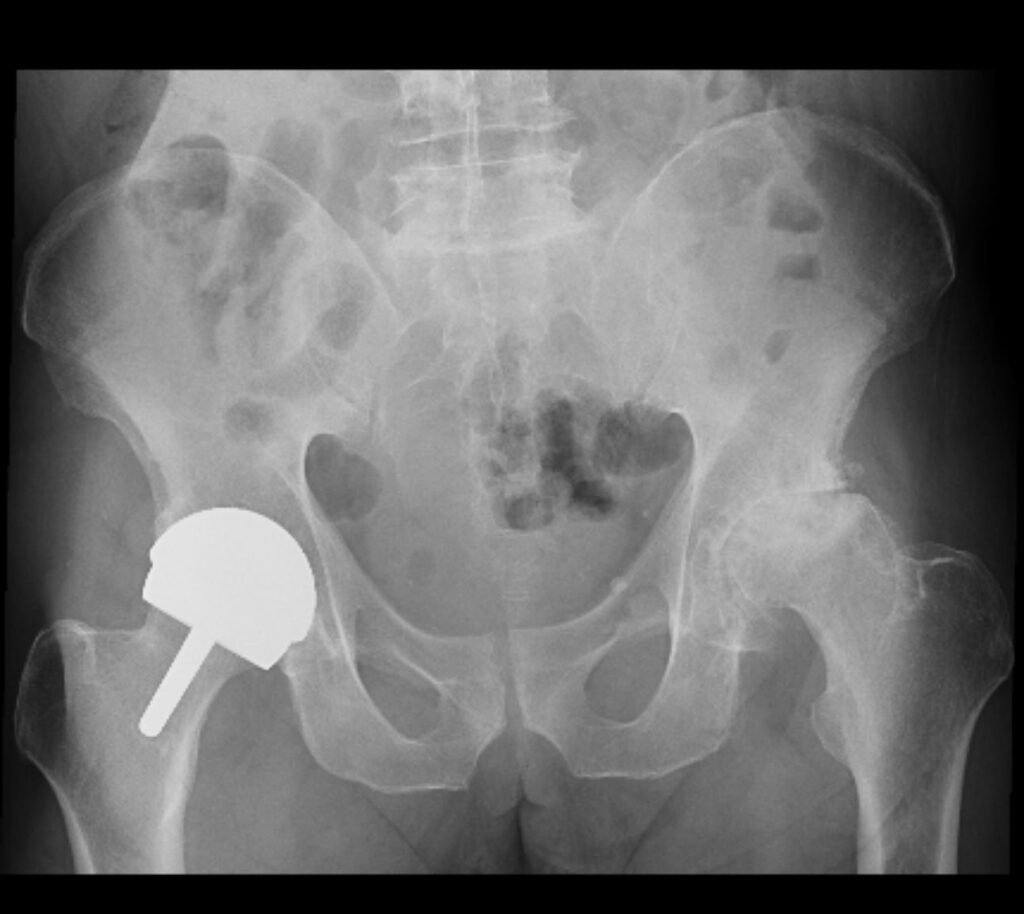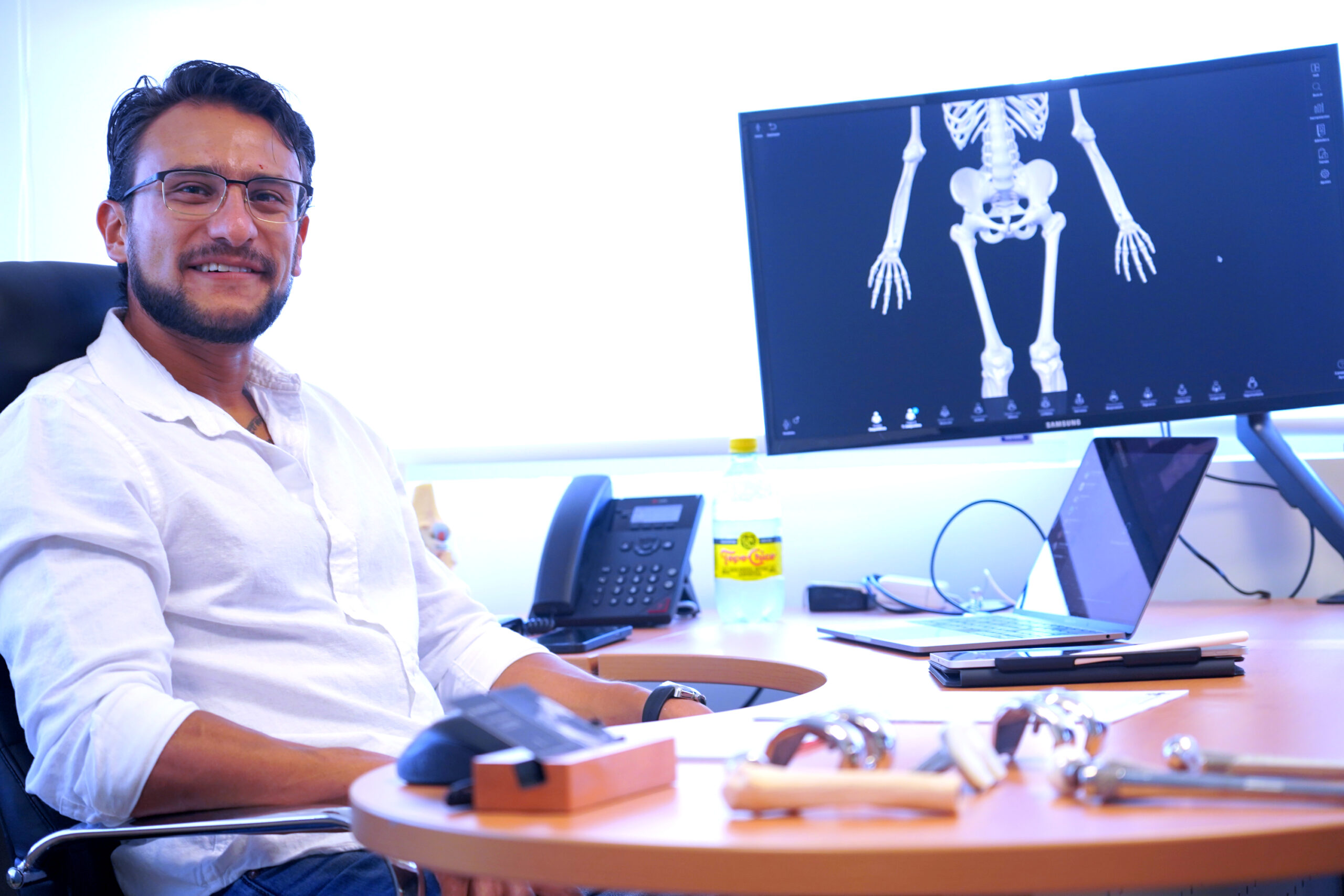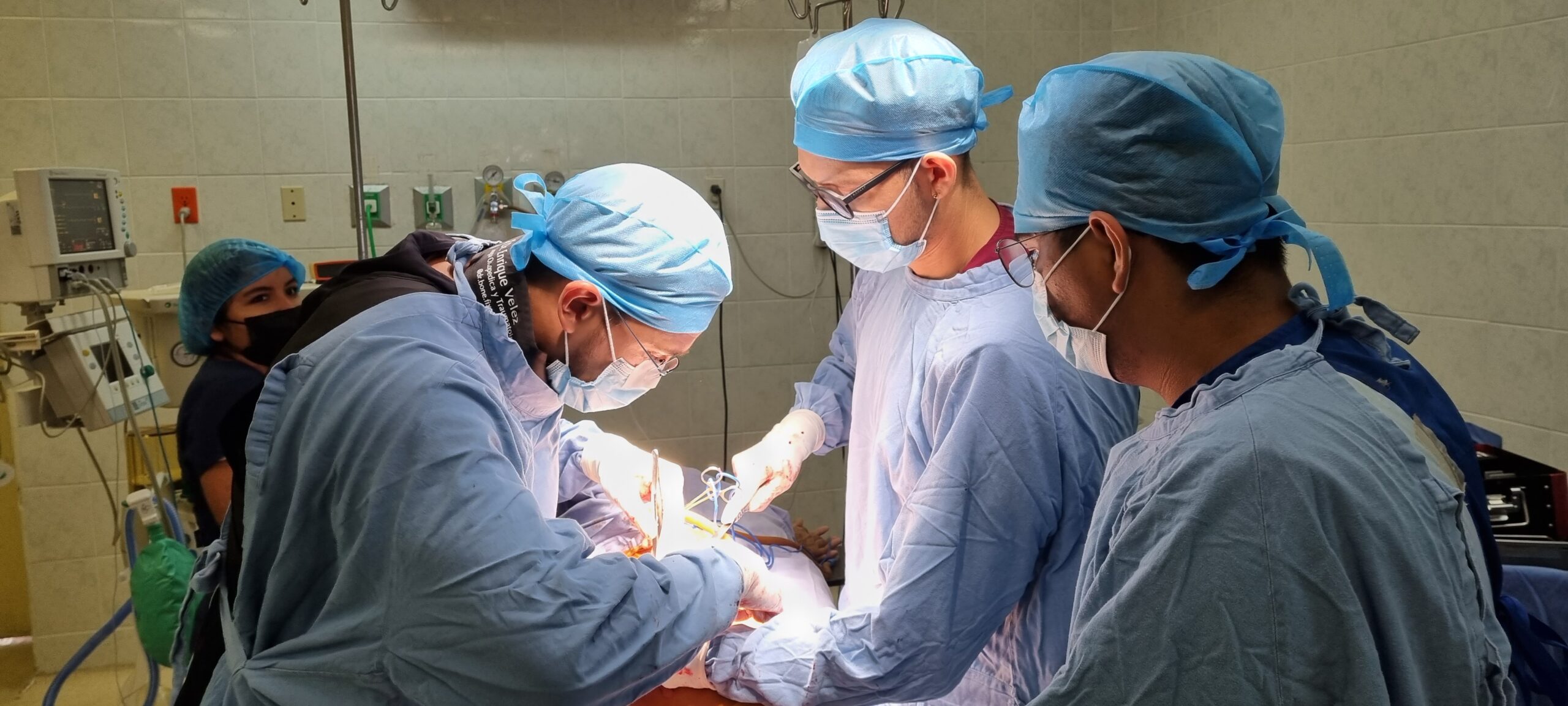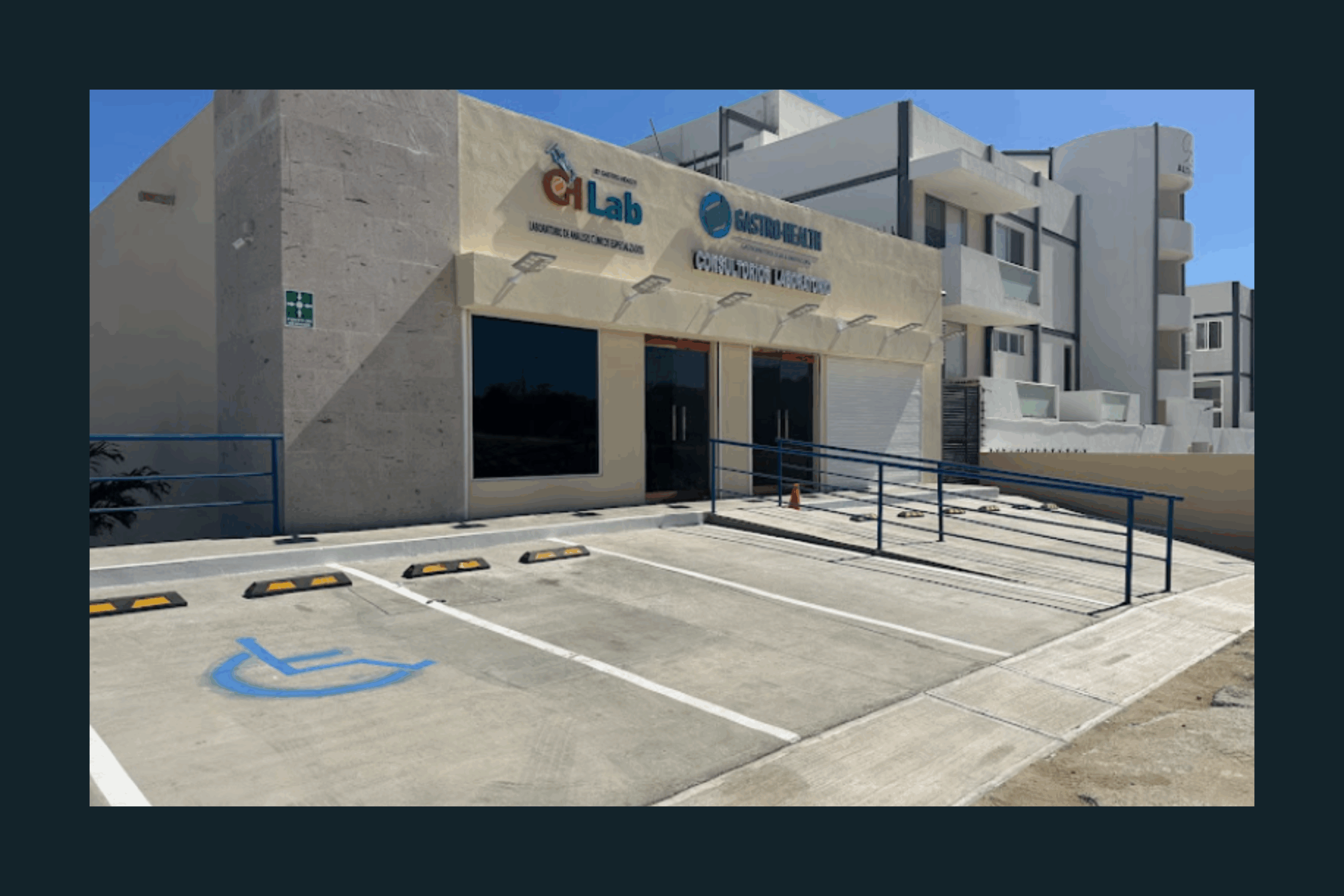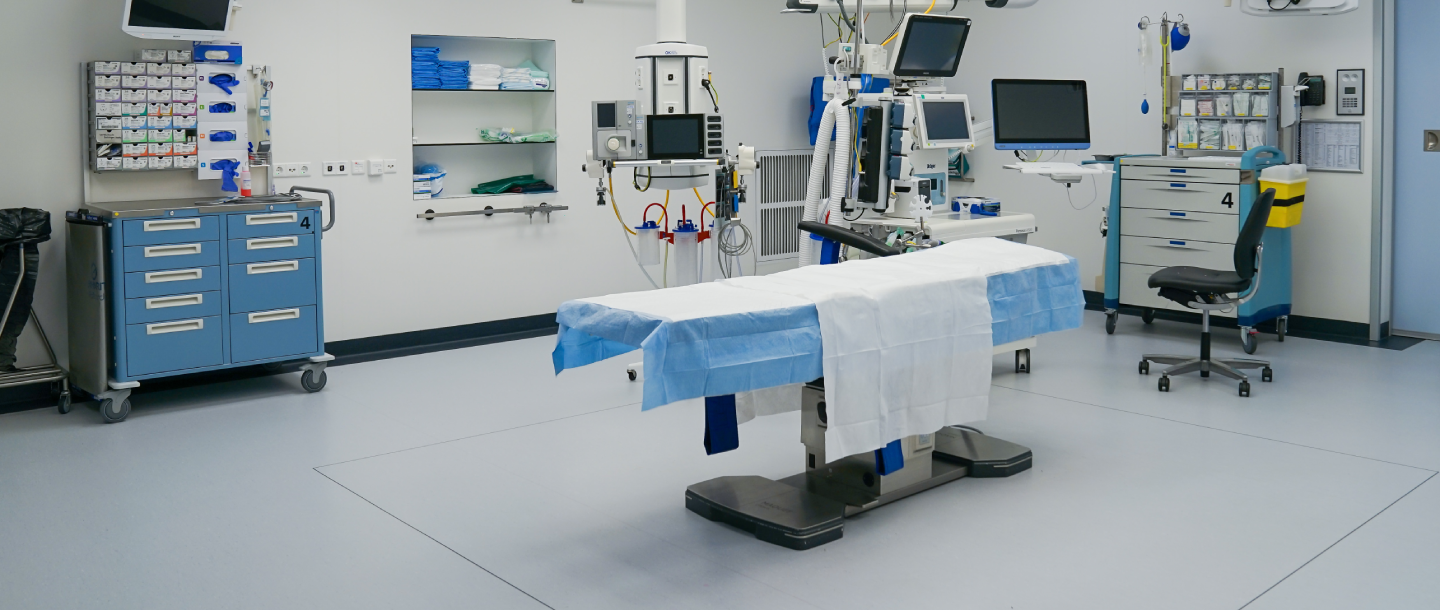If you’ve been living with persistent knee pain from arthritis, injury, or degeneration, you’ve likely heard these five words: “You may need a replacement.”
Knee replacement surgery—formally known as knee arthroplasty—is one of the most commonly performed and most successful procedures in modern orthopedics. But for many patients, the words still trigger anxiety and uncertainty.
-
Will I be awake?
-
How much bone is actually removed?
-
Is it robotic?
-
How long does it take?
-
What does recovery actually look like?
This blog from Dr. Enrique Vélez, orthopedic surgeon in Cabo San Lucas, takes you behind the scenes of a modern knee replacement. Whether you’re preparing for surgery or simply considering it, here’s exactly what happens—step by step—and what you can expect from the moment you enter the OR to the day you walk again.
First, What Is a Knee Replacement?
A knee replacement involves removing damaged bone and cartilage from the surfaces of your femur (thighbone), tibia (shinbone), and often the patella (kneecap), and replacing them with precision-engineered implants made of metal and medical-grade plastic.
The goal is to:
-
Eliminate pain caused by worn-out or inflamed joint surfaces
-
Restore alignment and joint stability
-
Improve mobility and quality of life
There are two types of replacements:
-
Total Knee Replacement (TKR): replaces the entire joint surface
-
Partial Knee Replacement (PKR): replaces only the affected compartment (usually medial or lateral)
Dr. Vélez determines which type is best for you based on your X-rays, MRI, symptoms, age, and activity level.
Step-by-Step: What REALLY Happens During Surgery
Let’s walk through what a modern knee replacement with Dr. Vélez actually looks like—behind the sterile curtain.
1. Pre-Op Prep (Day of Surgery)
Before surgery begins:
-
You are welcomed by Dr. Vélez’s bilingual surgical team
-
You receive anesthesia (either general or spinal + sedation, depending on your medical history and comfort)
-
Your surgical leg is carefully marked, sterilized, and draped
-
You are positioned on the operating table with high-precision alignment systems
“Every surgery begins with a deep respect for the patient’s anatomy, goals, and safety. This is not one-size-fits-all—it’s personalized engineering.”
— Dr. Enrique Vélez
2. The Incision & Exposure (Minutes 0–10)
-
A 6–8 inch incision is made along the front or slightly to the side of the knee
-
Skin and soft tissue are carefully retracted to expose the joint
-
Special attention is paid to muscle and ligament preservation to minimize trauma
-
The damaged cartilage and a few millimeters of bone are removed from the femur, tibia, and underside of the kneecap
3. Precision Bone Cuts (Minutes 10–30)
Using precision-guided instruments, Dr. Vélez:
-
Makes a series of custom bone cuts to perfectly match the new implant shape
-
Ensures proper alignment with the leg’s natural mechanical axis
-
Checks ligament balance, especially for the medial and lateral collateral ligaments
In some modern surgeries, robotic assistance or computer navigation is used to increase accuracy to within millimeters. Dr. Vélez is experienced with advanced surgical guides and anatomical mapping to ensure precision even in complex cases.
4. Implant Placement (Minutes 30–45)
The artificial joint is inserted in three components:
-
Femoral component (usually cobalt-chrome) is cemented or press-fitted into the thighbone
-
Tibial baseplate (titanium alloy or similar) is attached to the shinbone
-
Plastic spacer (high-grade polyethylene) acts as the new cushion between the metal components
If necessary, the patella is resurfaced with a matching plastic implant.
Before closing, Dr. Vélez flexes and extends the knee to test:
-
Range of motion
-
Implant stability
-
Tracking of the kneecap
-
Leg length and symmetry
5. Closure & Recovery Room (Minutes 45–60)
-
The surgical site is irrigated with antibiotic solution
-
Layers of tissue are closed with dissolvable sutures
-
Skin is sealed using surgical glue or fine sutures
-
A sterile dressing is applied, and the knee is wrapped
You are then transported to a comfortable recovery suite where:
-
Vital signs are monitored
-
You begin mild movement exercises within hours
-
Pain is managed with a personalized protocol (oral meds or nerve blocks)
How Long Does the Surgery Take?
-
Surgical time: typically 45–75 minutes
-
Total hospital time (including pre/post): about 6–8 hours
-
Some patients are discharged the same day (outpatient knee replacement), while others stay 1–2 nights, depending on their overall health and travel logistics
Common Myths vs. Reality
| Myth | Reality |
|---|---|
| “They cut off your whole knee.” | Only a few millimeters of bone and cartilage are removed—implants mimic your natural anatomy. |
| “You’ll be in bed for weeks.” | Most patients walk with a walker on the same day or next morning after surgery. |
| “It’s robotic surgery.” | Not always. Dr. Vélez uses advanced instruments with or without robotics, depending on case complexity. |
| “It’s extremely painful.” | With modern anesthesia and pain blocks, pain is managed proactively—most patients report less pain than they expected. |
What About Pain? How Is It Managed?
Modern knee replacement is much less painful than in decades past, thanks to:
-
Nerve blocks (e.g., adductor canal block)
-
Multimodal medications (anti-inflammatory + mild opioid + nerve modulator)
-
Cryotherapy and compression
-
Early mobility to reduce stiffness
“Pain is a signal—not a sentence. We manage it with skill, empathy, and constant adjustment.”
— Dr. Vélez
The First 2 Weeks: What to Expect
Day 1–2:
-
Walking with walker or crutches
-
Begin gentle motion exercises
-
Leg swelling and bruising are common
-
Ice, elevation, and compression used frequently
Day 3–7:
-
Walking improves
-
Begin basic stair work and showering
-
Transition from walker to cane (for many)
-
Pain is controlled with oral meds
Week 2:
-
Sutures removed if needed
-
Sleep improves
-
Home-based exercises or supervised physical therapy continues
By week 6, most patients are:
-
Walking unassisted
-
Driving again
-
Returning to light daily activities
Why Patients Choose Dr. Vélez in Cabo for Knee Surgery
Patients from the U.S., Canada, and across Mexico travel to DocVelez.com for knee replacement surgery because of:
-
Personalized care: every case is evaluated, explained, and guided with care
-
Transparency: pricing, timelines, and follow-up are clearly defined
-
World-class technique: Dr. Vélez brings 20+ years of orthopedic expertise
-
Recovery in paradise: Private recovery suites or ocean-view villas support natural healing
-
No waitlists: unlike many systems, surgery can be scheduled in as little as 1–2 weeks
Real Patient Testimonial
“I came to Cabo thinking I’d do a consultation and wait a few months. Dr. Vélez helped me schedule my surgery that same month. I walked the marina within two weeks—no pain. The surgery was so smooth, I almost forgot it happened.”
— Daniela M., 62, Phoenix, AZ
How to Know If You’re Ready
You may be a candidate for knee replacement if:
-
Your knee pain limits daily activity
-
You’ve tried physical therapy, injections, braces, and anti-inflammatories
-
You experience joint stiffness, grinding, or swelling
-
Your X-rays show cartilage loss or joint narrowing
-
You’ve had multiple flare-ups or knee “locking” episodes
Book a Virtual Consultation with Dr. Vélez
Dr. Enrique Vélez offers virtual evaluations where you can:
-
Review your imaging and symptoms
-
Ask questions about surgical options
-
Learn whether a partial or total replacement is right for you
-
Understand costs, recovery, and travel planning
-
Create a personalized surgical plan—without pressure
📍 Based in Cabo San Lucas, Dr. Vélez provides concierge orthopedic care with world-class outcomes.

